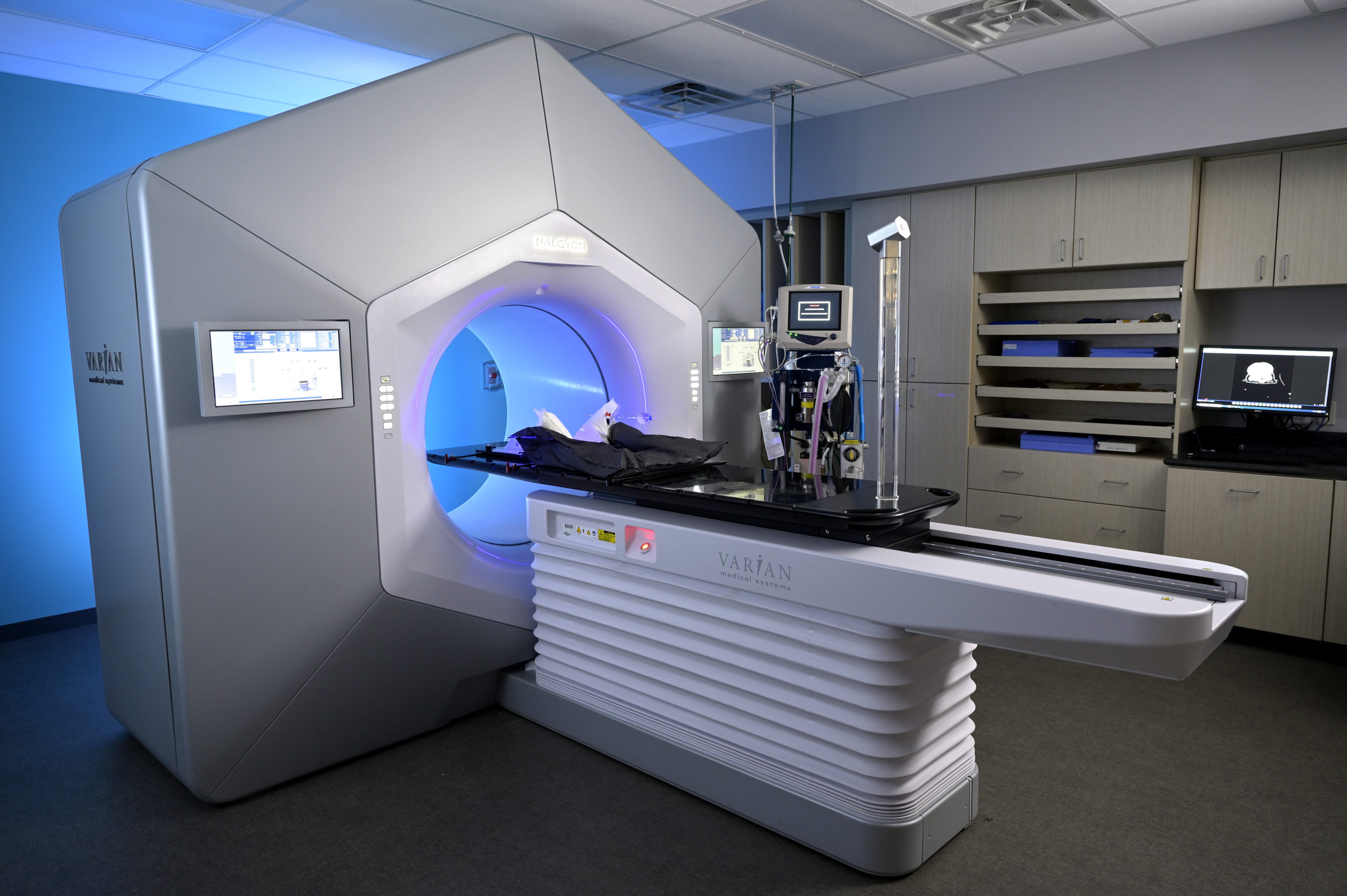DIAGNOSTIC IMAGING
Overview
VRC’s diagnostic imaging department serves patients by supporting all of our clinical specialties. We offer a range of on-site imaging modalities to fit a variety of needs, including:
Digital X-ray (Radiography): Used for diagnosing disease in the chest, abdomen, and musculoskeletal system. We also perform contrast studies of the gastrointestinal and urinary tract to diagnose obstructions. X-rays are typically the first imaging studies ordered to help diagnose problems.
Ultrasound (Sonography): High-frequency sound waves that produce pictures of the inside of the body without radiation. Ultrasound images are captured in real-time to show the structure and movement of the body’s internal organs as well as blood flowing through vessels. Ultrasound imaging can be performed using minimal restraint or sedation and is used to help diagnose conditions such as abdominal pain, pancreatitis, enlarged abdominal organ, and kidney stones. We also use ultrasound to guide needle biopsies, in which a needle is used to extract a sample of cells from organs for laboratory testing.
Computed Tomography (CT scan): A type of X-ray machine that produces multiple images of the inside of the body, in thin, cross-sectional “slices” for viewing. CT scans of internal organs, bone, soft tissue, and blood vessels provide much more detail than conventional X-rays by utilizing advanced software to accentuate areas of interest in two and three dimensions.
Magnetic Resonance Imaging (MRI): An advanced imaging modality that uses powerful magnets to generate electromagnetic fields, which are translated into images composed of a series of “slices.” MRI scans of soft tissue are highly detailed, and unlike CT, use no radiation.






 Email
Email

